by AudioThing
Fog Convolver 2 is a true stereo convolution reverb/processor plugin.
Fog Convolver 2 has been rewritten and redesigned from scratch, and now features modulation, effects, a space simulator, an impulse response generator, and a lot of improvements and new features.
$39.00 $69.00
You can now load 2 separate impulse responses (or one true stereo/quad channel impulse response) and have separate or linked controls for both. There are 5 different routing modes to arrange the impulses: single, serial, parallel, parallel mix, and true stereo.
Each impulse can have 2 LFOs, with 10 waveforms and 18 destinations, one dedicated multi-mode filter (with pre, IR, or post modes), and a 5-band graphic EQ.
Fog Convolver features 9 factory banks with more than 740 impulse responses made from spaces, analog and digital equipment, organic sources, handmade devices, and more.
You can easily load any audio file (WAV or AIFF) into Fog Convolver with a simple Drag and Drop, or by using the built-in browser.
If you drag two files, they will be assigned to IR1 and IR2.
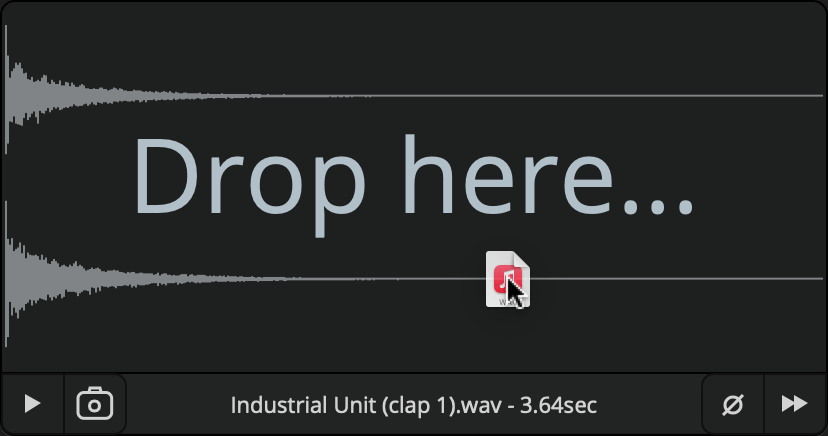
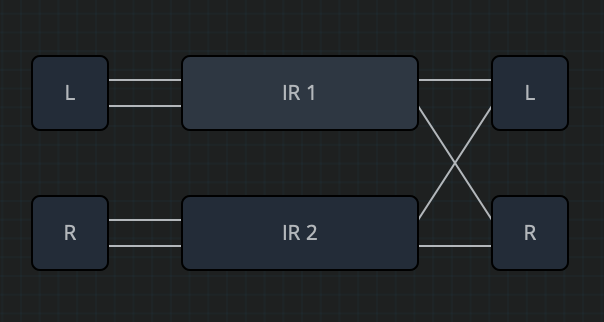
There are several modes to combine one or two impulse responses in Fog Convolver 2: Single, Serial, Parallel, Parallel Mix, and True Stereo.
True Stereo impulses are usually recorded simultaneously to capture a better stereo image, but you can also use two unrelated IRs to create experimental stereo reverbs.
With the Space Simulator you can create impulse responses of virtual rooms.
You can change dimensions, manually place the source and listener, and experiment with combinations of materials on each of your six walls to simulate architectural acoustics.
Powered by Lese Audio Technologies.


As an alternative to the Space Simulator, you can use the built-in impulse response generator to create your own artificial spaces, with a more synth-like approach.
Select the parameters for the early and late reflections, choose a filter sweep, and add equalization on the final impulse.
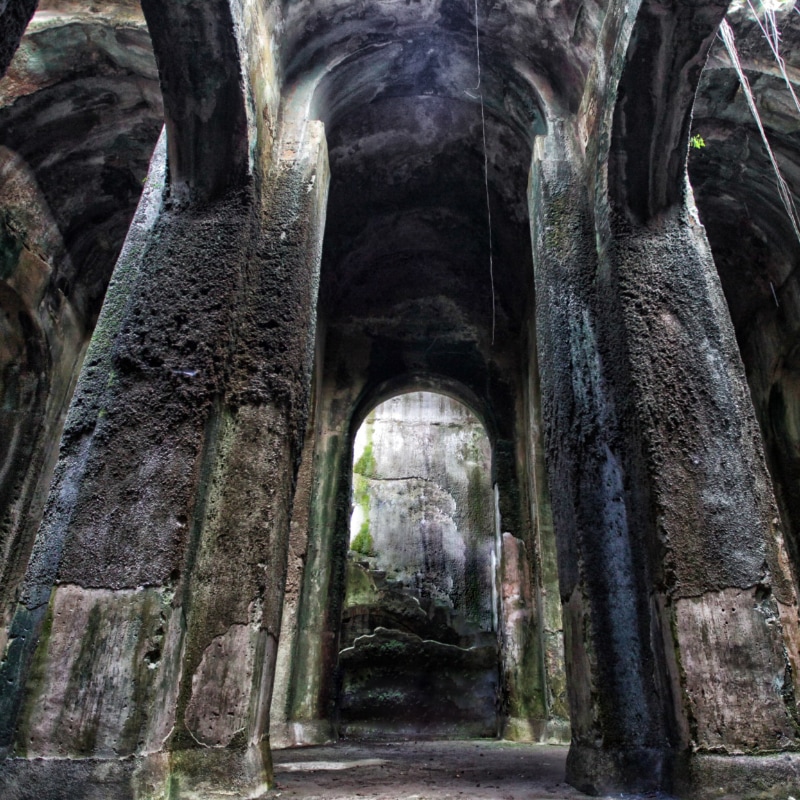
Reverbs of all kinds, from real acoustic spaces and rooms to early digital effect processors, including noise sources from vintage synths.
211 Impulses
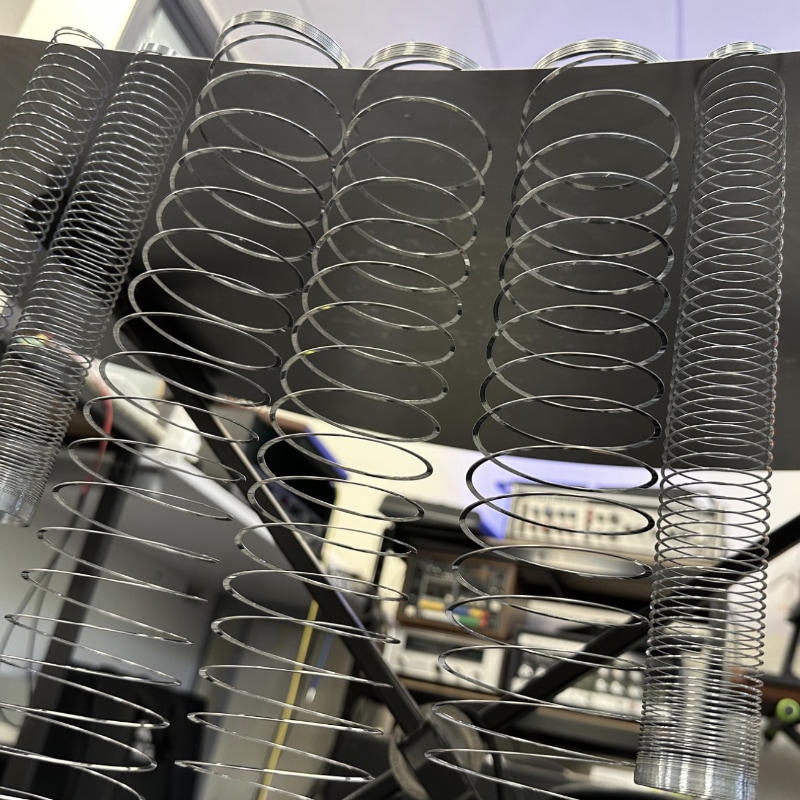
A collection of custom-built spring and plate reverbs, resonators, and a variety of hand-made acoustic reverberators and delays.
48 Impulses

A selection of impulse responses from the OpenAIR database, including Churches, Halls, Chambers, and an old Nuclear Reactor.
83 Impulses

Structures were detected using Nuclear magnetic resonance (NMR) spectroscopy to obtain physical, chemical, electronic, and structural information about molecules.
45 Impulses
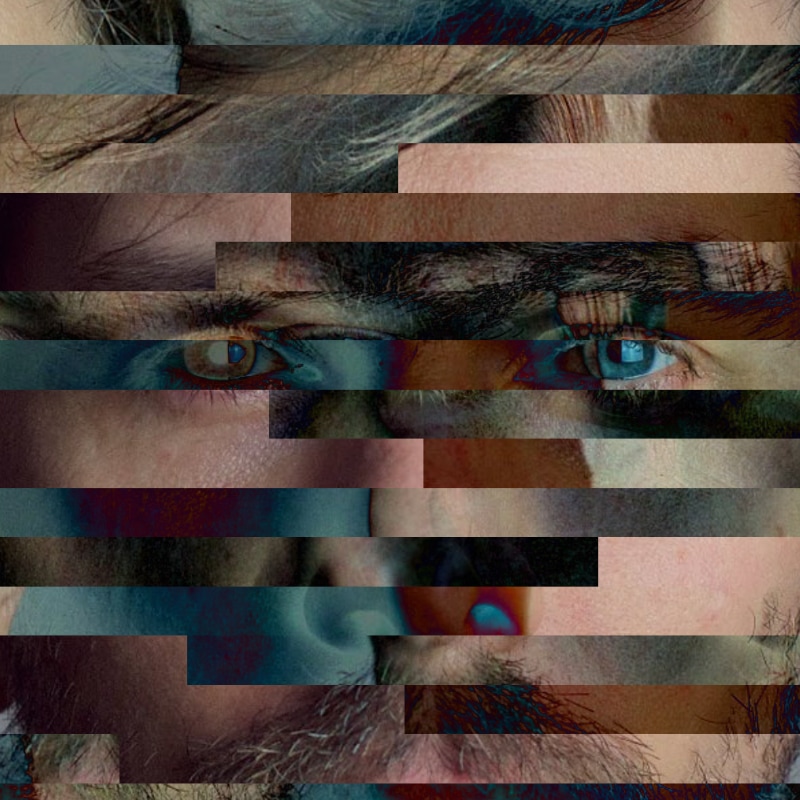
Custom impulse responses made by “Bitwig Guru” Polarity using white noise, Dirac samples, granulators, and many many modulations.
67 Impulses

Noise, glitch, and tone impulse responses made using only test equipment (Hainbach style!).
53 Impulses

As the name implies, all kinds of objects, instruments, electronics, and organic samples used to create spaces, echoes, drones, and unique tones.
128 Impulses
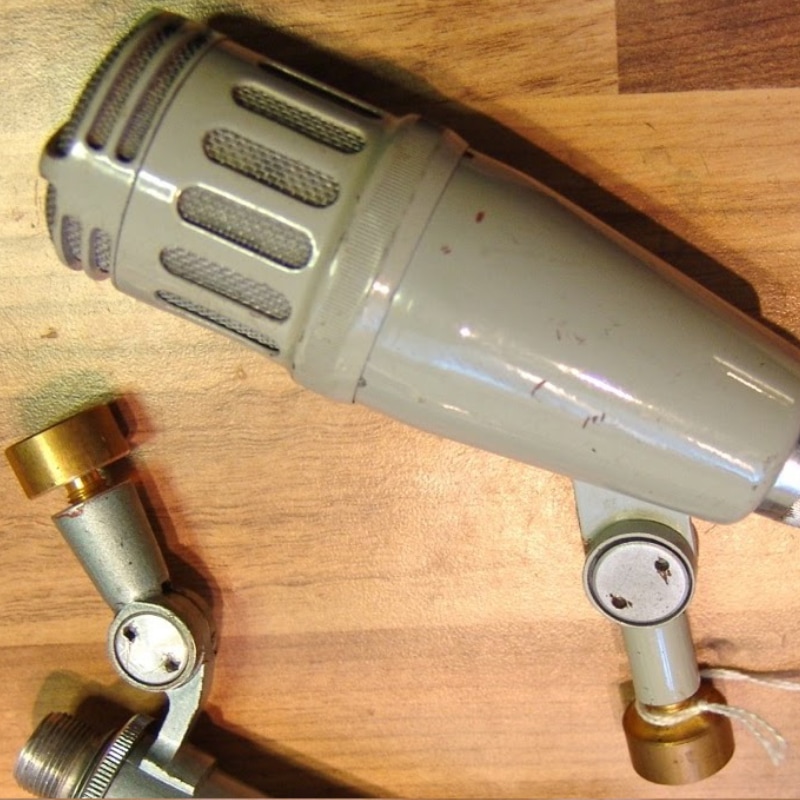
Impulse responses of vintage microphones from 20 manufacturers. Mostly ribbon microphones from the 30s to the 70s.
Courtesy of the Microphone Impulse Response Project.
65 Impulses

Impulse responses from old public domain recordings divided into 4 categories: 78 RPM, NASA, Radio, and Wax Cylinders.
Most of the samples come from the Internet Archive.
40 Impulses
Convolution works by applying the sonic character of an impulse response to another sound in real-time. You can use Fog Convolver to add reverberation, create special effects, and apply an acoustic impulse captured from audio equipment.
An impulse response is a recording of the output that is caused by an acoustic space or electronic gear when an impulse is played (electric spark, starter pistol shot, boards clap, or the bursting of a balloon).
Fog Convolver 2 includes a Snapshot System, enabling you to save the plugin’s current settings into any of the available slots for quick recall. These snapshots are stored within the DAW session and each instance of the plugin has its own independent set of snapshots.
You can automate snapshot changes directly through the Snapshot parameter in your DAW, allowing for seamless transitions between saved states.
You must be logged in to post a review.
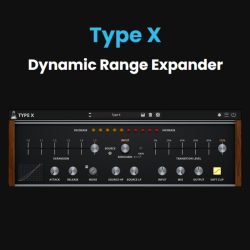
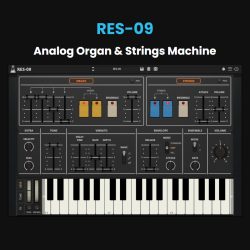
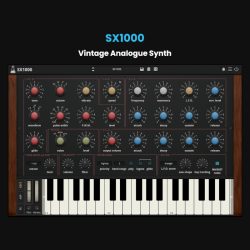
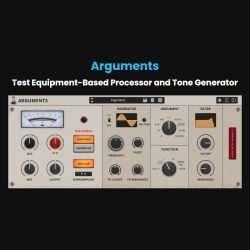
Reviews
There are no reviews yet.